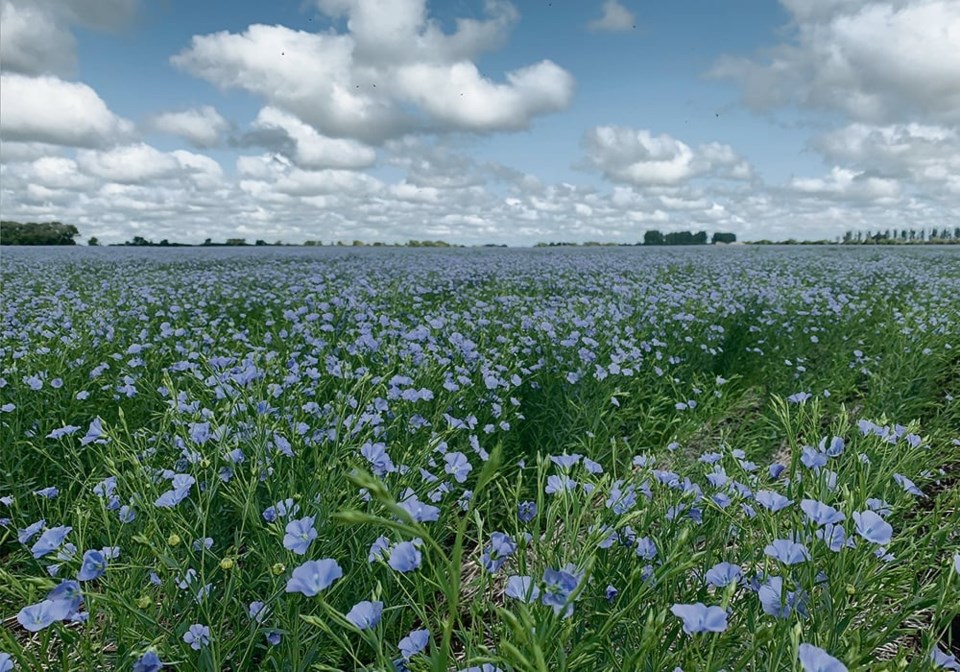WESTERN PRODUCER — The Saskatchewan Canola Development Commission plans to take over administrative functions for the Saskatchewan Flax Development Commission.
SaskFlax lost its long-time executive director late last year when Wayne Thompson was hired by the Western Grains Research Foundation to replace outgoing WGRF executive director Garth Patterson.
The initial plan was to replace Thompson but that changed when SaskCanola approached SaskFlax and offered their administrative services.
The proposal made a lot of sense to an organization that was struggling financially.
Flax levy revenue plummeted to $405,000 in 2022, from $820,000 a year earlier due to reduced acres and drought.
The outlook for 2023 isn’t much better, said SaskFlax chair Greg Sundquist. He thinks levy revenue will be in the range of $400,000 to $600,000.
“Our budget is tight,” he said.
Financial reserves that were valued at more than $1 million in 2020 have been depleted to $470,000 in 2022.
“It’s not sustainable,” said Sundquist.
He estimated the remaining reserves would be completely dried up by 2023 or 2024 if the organization didn’t make drastic changes.
Tracy Broughton, executive director of SaskCanola, said the idea is to maximize value for levy payers because a lot of flax growers also plant canola.
“We just feel that there is probably a lot of opportunities where we can find synergies and it will benefit both sets of farmers,” she said.
Broughton noted there has been a trend toward farm group amalgamation in the other prairie provinces.
“We just felt like, let’s take this opportunity to figure out if we can work together rather than be forced into it,” she said.
Total administrative costs for SaskFlax are expected to fall to less than $200,000 per year under the new arrangement, from slightly more than $400,000 per year.
“SaskCanola doesn’t want to make money off of this,” said Broughton.
The downside is SaskFlax will no longer have an executive director solely devoted to flax issues.
The organization also had to let go of its agronomist in November. It will receive agronomy assistance from SaskCanola as well as provincial oilseed specialist Cory Jacob.
Broughton plans to take the next four to six months to assess the needs of SaskFlax to see if it requires the hiring of an additional staff member or perhaps turning a part-time job into a full-time position.
Sundquist said the good news is that SaskCanola is not a one-man show like SaskFlax had become. It has experts in finance, research, agronomy and communications.
“They bring a whole other set of skill level to this organization,” he said.
Canola and flax levies will continue to be collected separately and the two groups will maintain individual boards of directors and separate governance structures.
Sundquist doesn’t know if the current arrangement with SaskCanola is “the shape of things to come,” but it works well for the time 小蓝视频.
Both groups plan to seek feedback from levy payers at their annual general meetings. The deal will be reviewed annually.
Thompson was also the chief executive officer of the Flax Council of Canada, an organization funded by processors and exporters of the crop.
Sundquist said the council is in the process of finding a replacement for Thompson.
“They have decided to go their own direction,” he said.
Contact [email protected]




